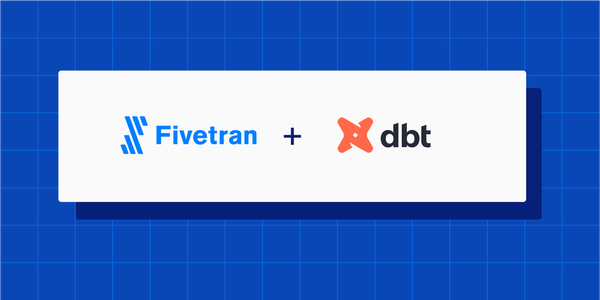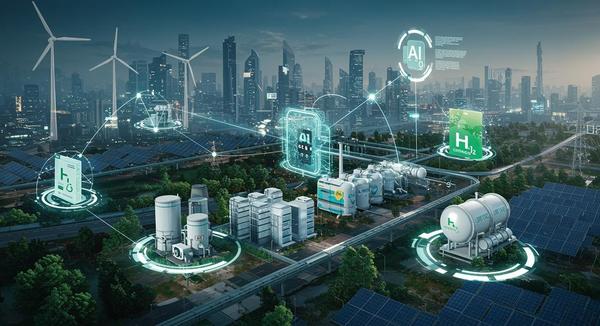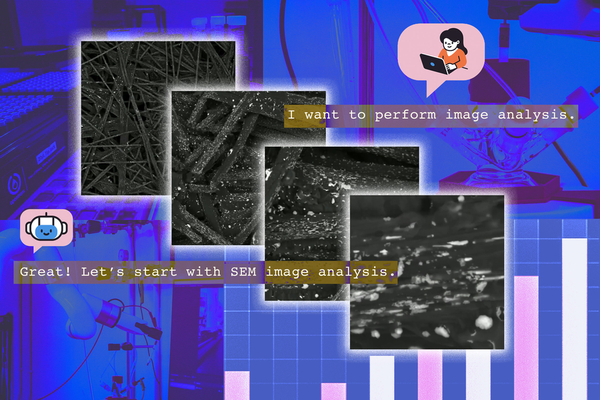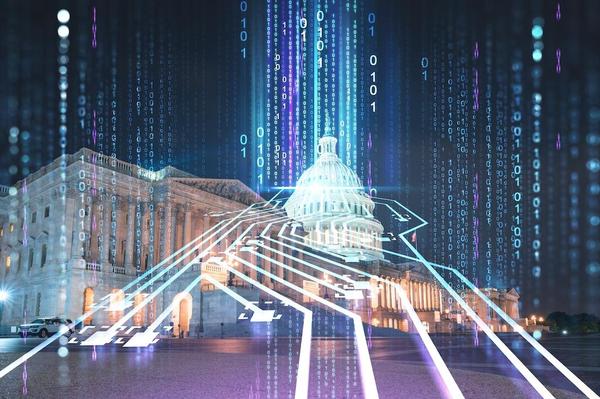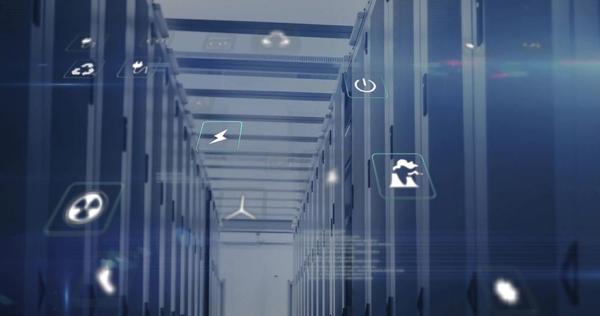
Powering Data in the Age of AI: Part 2 – Nuclear, Fusion, and the Race for Compute Sovereignty
AI is often about scale, but what “scale” means is beginning to shift. For years, that meant throwing more GPUs at the problem, adding storage and shoving through bigger datasets. Which none of that does you any good if you can’t nourish something even more fundamental: electricity. In part 1 of our Powering Data in the Age of AI series, we learned how energy went from a background expense to the hard upper bound on AI progress. Part 2 picks up where the industry realizes this isn’t just a techn...


